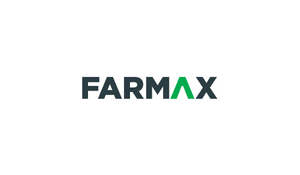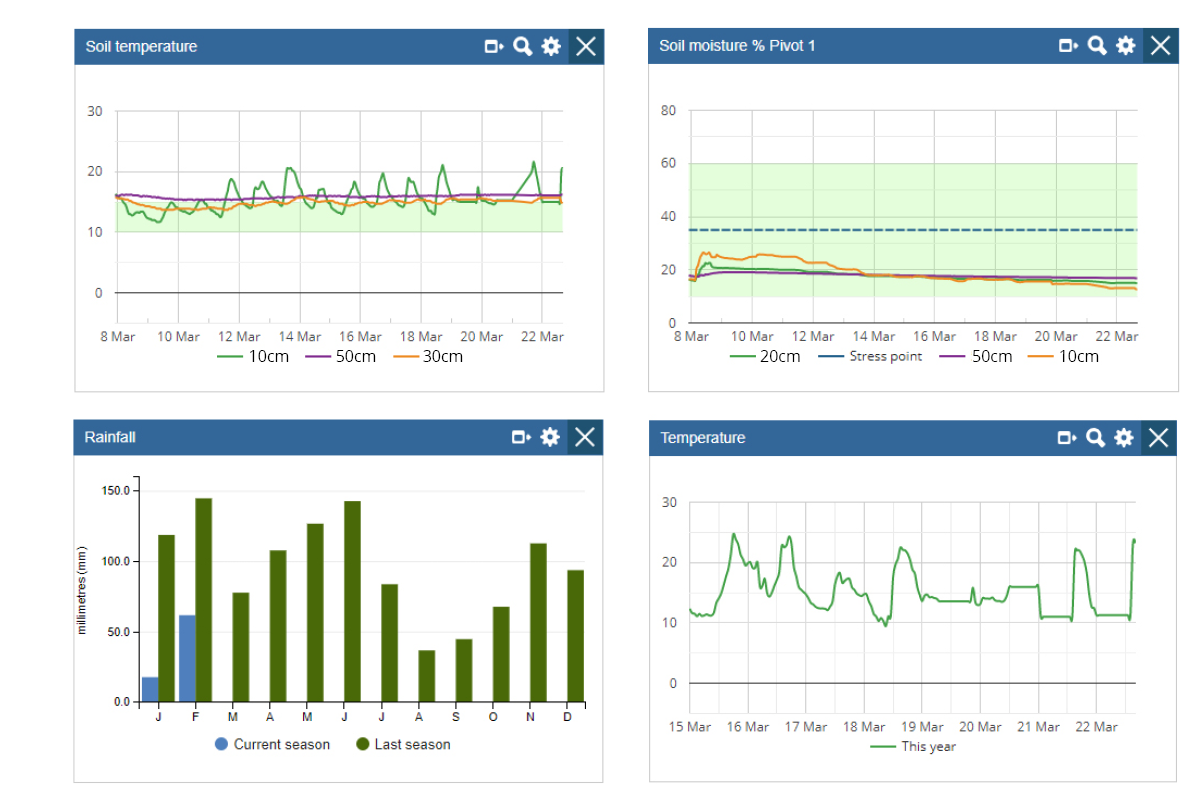
FarmIQ is used on thousands of farms across New Zealand, helping farmers solve hundreds, if not thousands of different problems.
One of the most frequent questions we get asked by farmers looking at FarmIQ is ‘what’s the ROI?’ and it’s a really tricky question, because it all depends on the specific problem they are trying to solve.
....but sometimes, just sometimes we come across a farmer who knows exactly what his ROI is, because he’s measuring it in cold hard cash.
Matt is a Wairarapa farmer who wanted to quantify the value of rotationally grazing ewes with lambs at foot (Ewes LAF) from docking v’s the more traditional process of set stocking through to weaning on his 1700ha effective farm.
To figure it out, Matt set up an experiment in FarmIQ where he compared the performance of two separate mobs of animals:
- His mob of Rotationally Grazed Ewes LAF were shifted every 2nd or 3rd day onto a fresh pick, maintaining pasture covers no lower than around 1400kgDM/ha and no higher than 1700kgDM/ha.
- His set stocked Ewes LAF were monitored so that feed did not drop below 1400kgDM/ha.
He captured the weight data from his scale head in FarmIQ and then used FarmIQ to analyse the data after weaning. From the data he learned that Rotationally Grazed animals are worth an additional $0.13/head/day, which is significant when you’re carrying 18,000 animals!
|
Metric |
Rotationally Grazed |
Set Stocked |
|
Average duration between weighing |
42 days |
38 days |
|
Opening average weight |
11.0Kg |
13.6Kg |
|
-/+Closing average weight |
23.4Kg |
23.4Kg |
|
Net gain |
295g/day |
258g/day |
|
$/day/lamb |
$1.03/day |
$0.90/day |
|
Total $/head between docking - weaning |
$43.40 |
$34.30 |
Note: The price used is based off a $3.50/kg store value.
Often as farmers, we simply do something because we think it’s the best because….
- “it’s what we have always done” or
- “Jimmy down the road does it” or
- “a salesmen told me I should”
But that’s not necessarily right. If you think there’s a better way, then there’s a good chance you can set up an experiment in FarmIQ to prove it one way or the other.
Matt’s is just one example of a simple experiment that can be easily monitored in FarmIQ, but the topic could be just about anything.
So, what do you want to know?
Key FarmIQ features:
- EID recording and reporting
- Reporting groups


